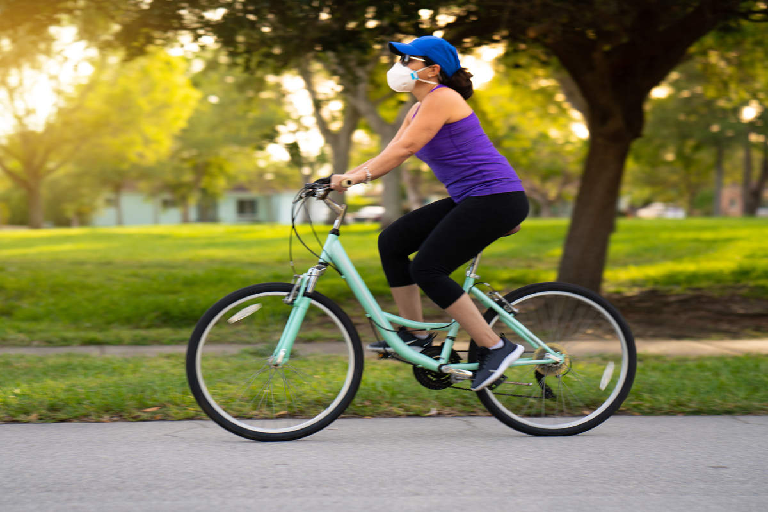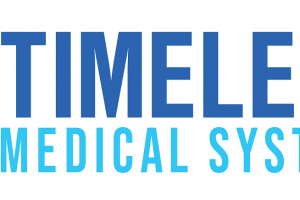Safely Returning to Physical Activity After COVID-19
RETURNING TO PHYSICAL activity following any serious illness can be a difficult and frustrating process. You just want your body to behave and perform like it used to, but the reality is that, depending on the length and severity of the illness, your physical fitness may have taken a considerable step backward in terms of muscle strength, tone and conditioning, as well as cardiorespiratory fitness.
And those concerns are compounded by COVID-19, as the symptoms – and their duration and severity – vary so dramatically from person to person. Giving general recommendations is challenging, if not impossible, because people with COVID-19 may have suffered with musculoskeletal, gastrointestinal, hematologic and respiratory symptoms, not to mention the fatigue and psychological health considerations that come with a long recovery under quarantine.
With all of these variables in mind, the Hospital for Special Surgery Sports Medicine Institute in New York City recently published guidelines for returning to exercise following recovery from mild to moderate COVID-19. It’s important to note that these guidelines, which touch on six key areas, are likely to evolve along with researchers’ understanding of the disease. Also, these guidelines are strictly for those patients who are fully recovered and symptom-free and have been cleared by their doctors to resume physical activity.
· For those who had respiratory symptoms, like pneumonia:
Rest for at least a week after symptoms subside, gradually return to physical activity and stay mindful of the quality and rate of your breathing.
· For those who had cardiac, or heart-related, symptoms:
Rest for two to three weeks after becoming symptom-free. Those with heart inflammation should wait as much as three to six months before returning to exercise.
· For those who had hematologic, or blood-related, symptoms:
Start with low-intensity activities such as taking a short, leisurely walk and limit sedentary time, as this will reduce the risk for blood clots.
· For those with gastrointestinal symptoms:
Keep track of your fluid and caloric intake while easing back into a physical-activity routine.
· For those with musculoskeletal symptoms:
Gradually return to exercise, taking things slowly before returning to the workouts you were doing before COVID-19.
· For those with no symptoms:
Make a gradual return to exercise, at about 50% of your pre-COVID exercise intensity. And pay attention to your body in case symptoms begin to appear.
Take Things Slowly
The key is to take things slowly and listen to your body, and to not push through symptoms in your eagerness to “get back to normal.” And remember, moderate-intensity exercise – which can be anything that elevates your heart rate above normal levels – can improve your immune system and your overall health. You don’t need to work super hard to reap benefits.
It’s absolutely essential that you also listen to the recommendations from your personal physician, which are not to be replaced by the general guidelines outlined above. Remember, your doctor knows the details of what you’ve been through in your battle with COVID-19, so their advice should always be followed.
One final note: An important element of the consistent performance of physical activity is the setting of meaningful goals that align with your current values and lifestyle. So, modify your expectations and set goals that make sense to you right now. You may have to set aside any performance-related goals you set in the pre-COVID days and replace them with health-related goals that can be achieved within the parameters of your new day-to-day routine. Be patient and, importantly, be kind to yourself and your still-recovering body.


































